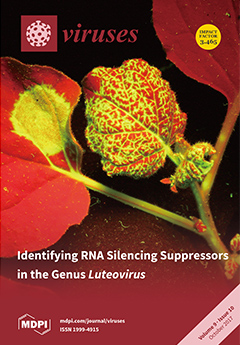Natural Killer (NK) cell responses to HIV-infected CD4 T cells (iCD4) depend on the integration of signals received through inhibitory (iNKR) and activating NK receptors (aNKR). iCD4 activate NK cells to inhibit HIV replication. HIV infection-dependent changes in the human leukocyte antigen (HLA) ligands for iNKR on iCD4 are well documented. By contrast, less is known regarding the HIV infection related changes in ligands for aNKR on iCD4. We examined the aNKR ligand profiles HIV p24
+ HIV iCD4s that maintained cell surface CD4 (iCD4
+), did not maintain CD4 (iCD4
−) and uninfected CD4 (unCD4) T cells for expression of unique long (UL)-16 binding proteins-1 (ULBP-1), ULBP-2/5/6, ULBP-3, major histocompatibility complex (MHC) class 1-related (MIC)-A, MIC-B, CD48, CD80, CD86, CD112, CD155, Intercellular adhesion molecule (ICAM)-1, ICAM-2, HLA-E, HLA-F, HLA-A2, HLA-C, and the ligands to NKp30, NKp44, NKp46, and killer immunoglobulin-like receptor 3DS1 (KIR3DS1) by flow cytometry on CD4 T cells from 17 HIV-1 seronegative donors activated and infected with HIV. iCD4
+ cells had higher expression of aNKR ligands than did unCD4. However, the expression of aNKR ligands on iCD4 where CD4 was downregulated (iCD4
−) was similar to (ULBP-1, ULBP-2/5/6, ULBP-3, MIC-A, CD48, CD80, CD86 and CD155) or significantly lower than (MIC-B, CD112 and ICAM-2) what was observed on unCD4. Thus, HIV infection can be associated with increased expression of aNKR ligands or either baseline or lower than baseline levels of aNKR ligands, concomitantly with the HIV-mediated downregulation of cell surface CD4 on infected cells.
Full article






